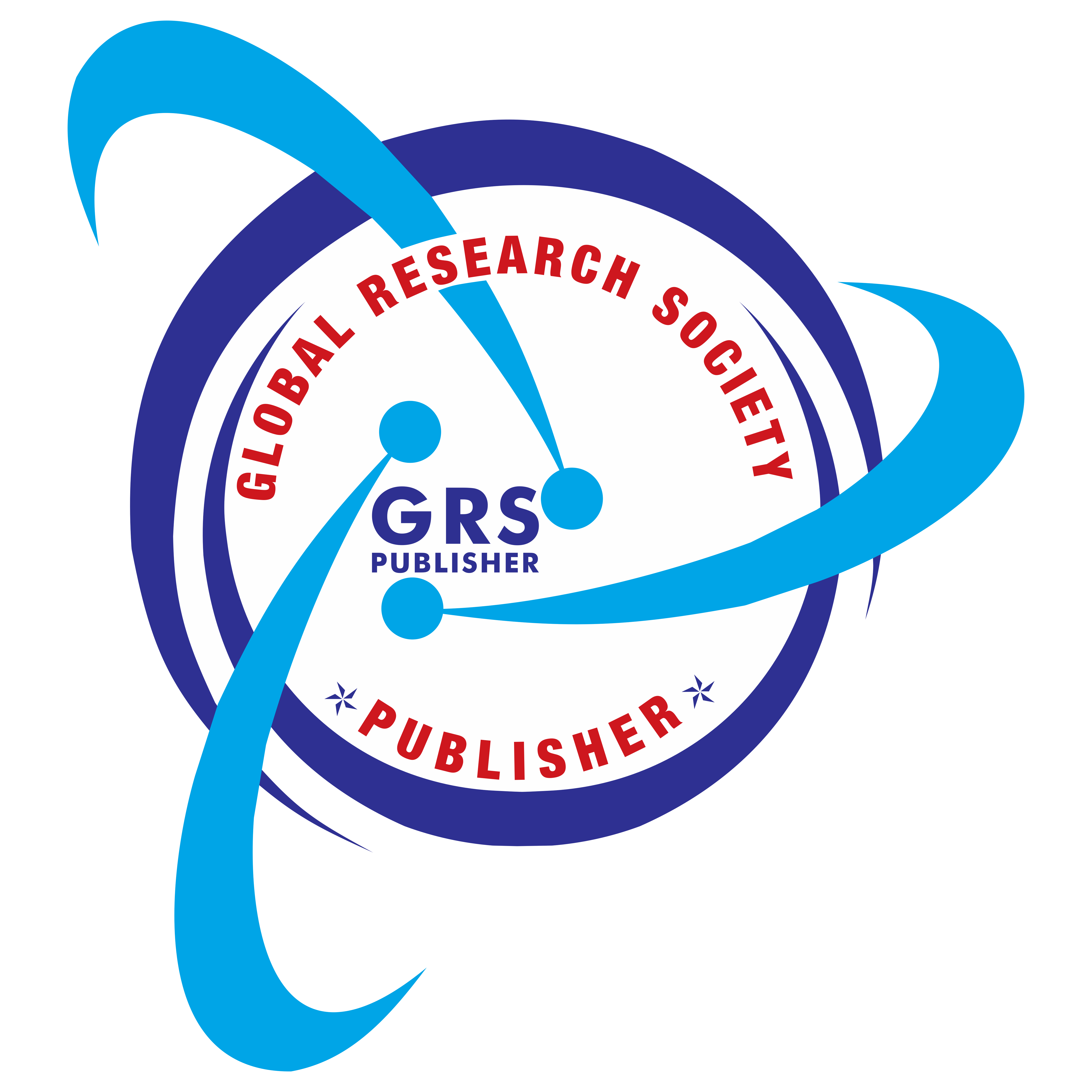GRS Journal of Multidisciplinary Research and Studies
All Issues
Moumouni Djassibo Woba*, Zoung...
Université Lédéa Bernard OUEDRAOGO (B.F).
1-8
![]() https://doi.org/10.5281/zenodo.15117342
https://doi.org/10.5281/zenodo.15117342
Pavle Vesić
Fond Pio - Serbia
9-11
![]() https://doi.org/10.5281/zenodo.15126275
https://doi.org/10.5281/zenodo.15126275
Selvaraju Sivamani*, Lakhyar A...
College of Engineering and Technology, Engineering Department, University of Technology and Applied Sciences, Salalah, Oman.
12-20
![]() https://doi.org/10.5281/zenodo.15167388
https://doi.org/10.5281/zenodo.15167388
Philip Festus Ukata, PhD*, End...
Department of Office Technology and Management, School of Business and Administrative Studies, Captain Elechi Amadi Polytechnic, Rumuola, Port – Harcourt, Rivers State.
21-27
![]() https://doi.org/10.5281/zenodo.15172229
https://doi.org/10.5281/zenodo.15172229
Lokinder Sharma
Student at NLSIU, Bengaluru.
28-31
![]() https://doi.org/10.5281/zenodo.15256244
https://doi.org/10.5281/zenodo.15256244
Sorie Kalie Bangura*, Emmanuel...
Green Earth Makeni, Sierra Leone, Department of Environmental Science, College of Environmental Science and Engineering. Tongji University 1239 Siping Road, Shanghai, R.P China.
32-40
![]() https://doi.org/10.5281/zenodo.15263590
https://doi.org/10.5281/zenodo.15263590
Ren Xu*, Xubiao, Xiang Yun.
Ping Xiang University 211 Ping An North Avenue, Pingxiang City, Jiangxi Province, China.
41-69
![]() https://doi.org/10.5281/zenodo.15296774
https://doi.org/10.5281/zenodo.15296774
